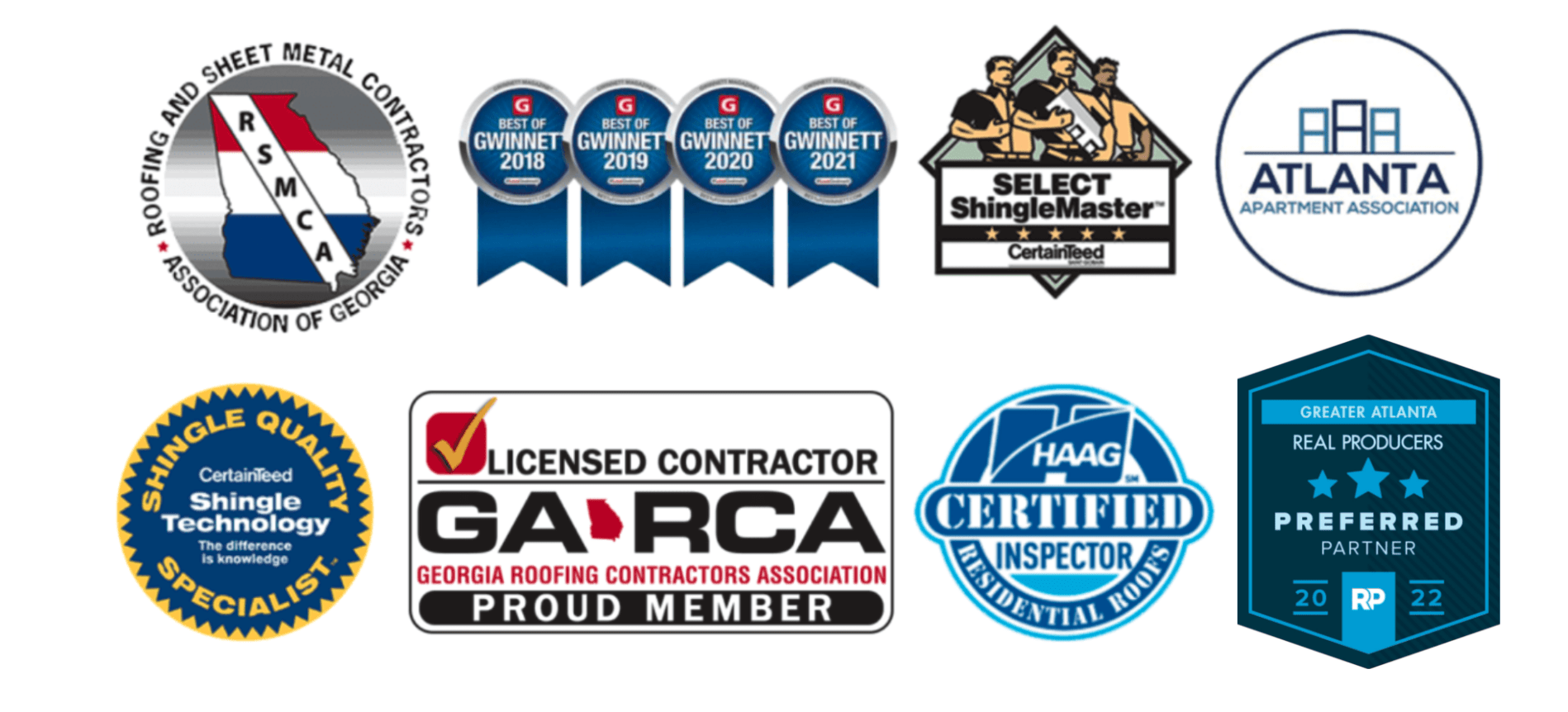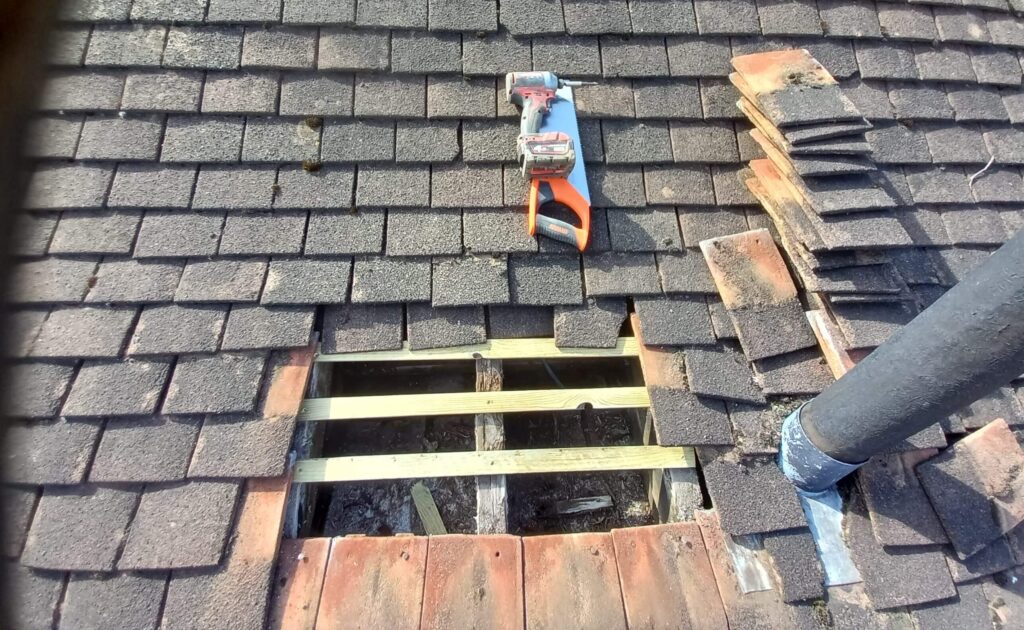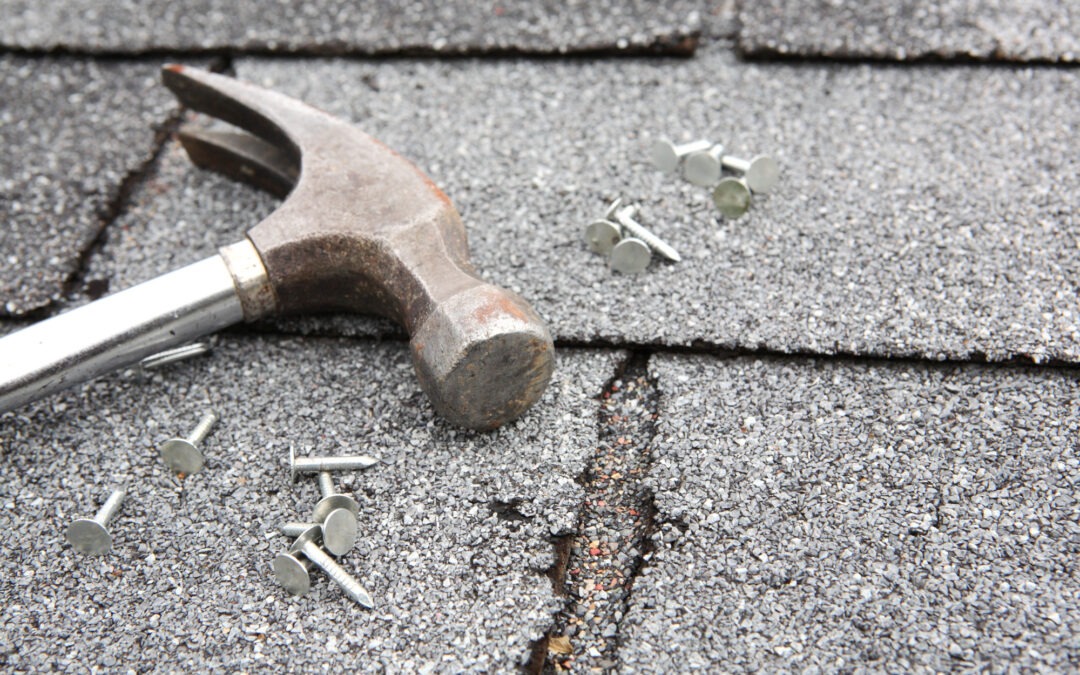Preliminary Steps: Assessment, Preparation, and Material Selection
The initiation of a roof replacement project is a critical juncture for homeowners, marking the commencement of a comprehensive process aimed at enhancing the structural integrity and longevity of their homes. This initial phase involves a detailed assessment of the existing roof’s condition by seasoned roofing professionals. Through a meticulous inspection, issues such as damaged shingles, leaks, or potential structural problems are identified. This assessment serves as the foundation for the entire replacement project, influencing the scope and potential additional repairs needed.
Following the assessment, homeowners are presented with a detailed estimate, encompassing material and labor costs, as well as an estimated timeline for the project. Transparent communication during this phase is imperative, fostering collaboration between homeowners and contractors. It is an opportunity for homeowners to seek clarification on any aspect of the estimate, ensuring a comprehensive understanding of the project’s intricacies.
The selection of roofing materials is a pivotal decision in the preliminary steps. Options range from traditional asphalt shingles to energy-efficient metal roofing or classic slate. Informed decision-making is facilitated by contractors who guide homeowners through the characteristics of each material, considering factors such as durability, energy efficiency, and maintenance requirements. A well-considered choice during this stage lays the groundwork for a successful roof replacement, blending aesthetic preferences with practical considerations.
Permits and Approvals: Navigating Local Regulations
Before the physical work commences, navigating the landscape of local regulations becomes paramount. This entails obtaining the necessary permits and approvals from local authorities. Typically orchestrated by the contractor, this process ensures compliance with building codes and regulations. Homeowners need to be aware of any specific restrictions or guidelines in their locality, as adherence to these regulations is crucial for avoiding legal complications and potential delays in the project’s timeline. This stage emphasizes the importance of a seamless collaboration between homeowners, contractors, and local governing bodies.
Tear-Off and Structural Considerations
As the project transitions from the planning to the physical phase, the roof replacement process unfolds with the tear-off and removal of existing roofing materials. This involves the meticulous stripping away of old shingles, underlayment, and any compromised wood. Although this phase may introduce some noise and disruption, it is an essential step to create a clean canvas for the installation of the new roof.
During the tear-off process, contractors may uncover underlying structural issues that demand attention. Rotten or damaged decking, sagging areas, or inadequate ventilation may be revealed. Addressing these concerns at this stage is crucial to ensuring the structural integrity of the new roof and preventing potential issues in the future. This stage highlights the importance of flexibility in approach, acknowledging that unexpected structural considerations may surface during the tear-off process.
Installation: Underlayment, Roofing Material, Flashing, and Sealants
With the old roofing materials removed and any necessary structural repairs completed, the installation of the new roof can commence. This pivotal stage involves several intricate sub-steps that collectively contribute to the durability and aesthetics of the replacement:
Underlayment Installation
The first layer applied is the underlayment, serving as an additional barrier against water infiltration. The choice of underlayment material depends on the selected roofing system and local climate conditions. Contractors adhere to manufacturer guidelines and industry best practices to ensure proper underlayment installation, laying the groundwork for the subsequent application of roofing material.
Roofing Material Installation
Following the underlayment, the actual roofing material is meticulously installed. Whether it’s asphalt shingles, energy-efficient metal panels, or timeless slate, precision and expertise are paramount. Contractors follow manufacturer guidelines to achieve proper alignment, weatherproofing, and ventilation. This phase ensures the new roof not only meets aesthetic expectations but also stands resilient against the test of time.
Flashing and Sealant Application
Proper flashing installation is critical for preventing water penetration at vulnerable points such as valleys, chimneys, and vents. Contractors carefully install flashing and apply sealants to create a watertight barrier, enhancing the roof’s resilience against the elements. This meticulous attention to detail is indispensable for the long-term performance of the new roof.
Finalization: Cleanup, Inspection, and Post-Installation Considerations
As the physical installation concludes, attention shifts to the finalization of the project. This stage encompasses thorough cleanup and a final inspection to ensure the replacement aligns with industry standards and local regulations:
Cleanup
Contractors conduct a comprehensive cleanup of the work site, removing debris and ensuring the surrounding area is free from any leftover materials. This meticulous step ensures the property is returned to its pre-construction state, minimizing any inconvenience to homeowners.
Inspection
A final inspection is conducted to scrutinize every aspect of the project. Contractors assess the quality of the installation, confirming that it not only meets industry standards but also complies with local regulations. This detailed review is essential for ensuring the long-term durability and performance of the new roof.
Post-Installation Considerations
Following the inspection, homeowners are provided with documentation outlining the details of the completed project. This may include warranties, care instructions, and information about ongoing maintenance. Contractors may offer advice on how to maximize the lifespan of the new roof and address any questions or concerns that homeowners may have.
Conclusion
Navigating the roof replacement process is a comprehensive undertaking that demands careful planning and collaboration with experienced professionals. Understanding each stage, from the preliminary assessments to the finalization of the project, empowers homeowners to make informed decisions. By investing time and effort in the planning stages and selecting a reputable contractor, homeowners can ensure a smooth and successful roof replacement, ultimately enhancing the longevity and performance of their home’s protective covering. The intricate dance of assessment, material selection, adherence to local regulations, meticulous tear-off, and precise installation culminates in a roof that not only safeguards the home but also adds to its aesthetic appeal and value
Perimeter Roofing, excels in roofing replacement services in Lawrenceville, GA, offering expert solutions to enhance the durability and longevity of your roof. Their experienced team goes beyond replacements, providing comprehensive roofing services to meet various needs with quality craftsmanship.






